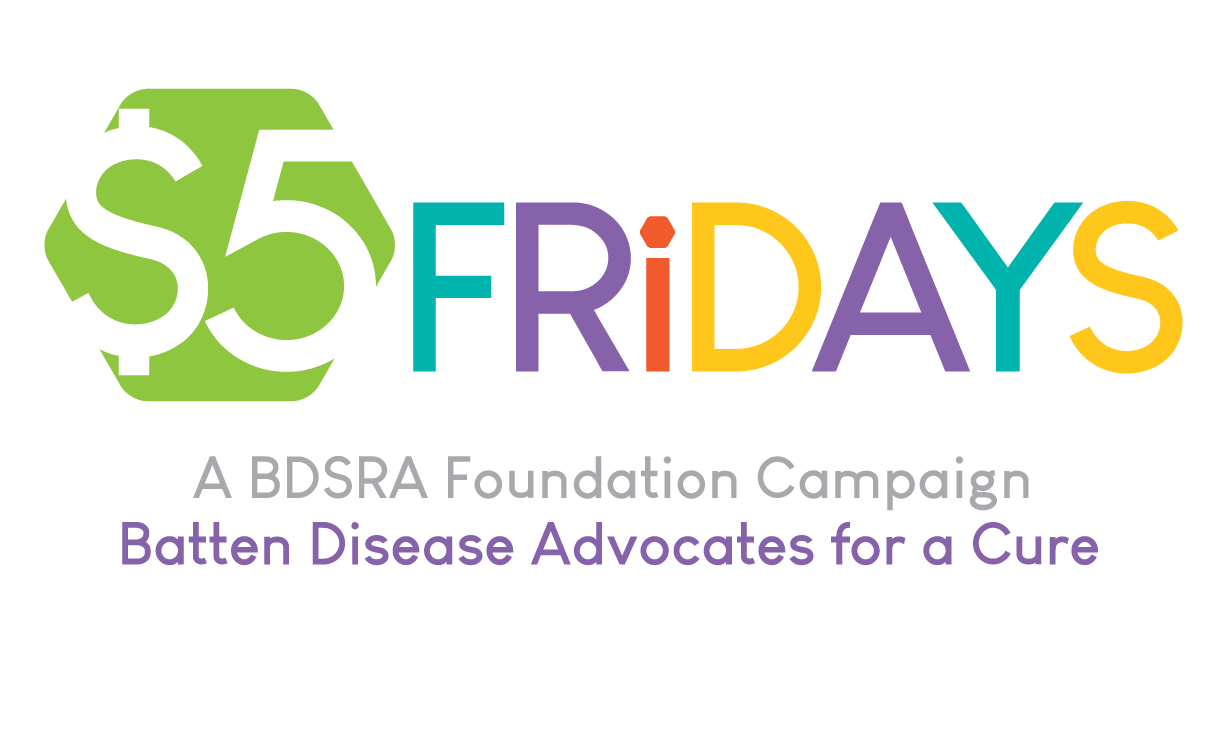It is an exciting time for Batten research! As new research and potential trials are announced it is important that as a community that we understand the typical path research takes from the lab bench to patient bedside.
Global Genes has developed a wonderful resource illustrating the drug development journey, the Drug Development Roadmap can be found here. Below is an outline of the path a typical treatment must take to approval. Keep in mind that for rare diseases, like Batten disease, the journey can be a little different because of Food and Drug Administration (FDA) programs that can help speed process up.
One such program is the Orphan Drug Act of 1983 which addresses the unique challenges facing rare disease communities by providing incentives to companies that develop treatments for very small patient populations. Other terms you might hear are Accelerated Approval, Priority Review, Fast Track, Breakthrough Therapy, and Pediatric Priority Review Voucher Program. All of which you can find definitions for in the Global Genes Roadmap above.

Prediscovery: Drug development begins long before a clinical trial. First researchers must understand the basic function of the disease, we cannot know what to fix if we aren’t sure what is broken. Once a target is discovered researchers must Identify potential compounds that could hit the target. This could be trying to fix the genetic mutation, developing a compound that alters the course of the disease, or a compound that manually does what the disease prevents the body from doing.
Preclinical: Once you have potential compounds you can begin testing them, efficacy and potential risks must be evaluated before you can test them in humans. Tests begin in the lab environment outside of the body. During this time toxicity can also be evaluated. Then you can begin testing in small then large animals for efficacy, toxicity, and dosage. Drugs must be tested in at least two mammals before they can be tested in humans.
Once there is success in the animal models the sponsor (drug company or research institution who is running the trial) submits and IND (Investigational New Drug) application to the FDA which includes its results from the initial testing and their plan for testing in humans. The FDA reviews this application to ensure that is its safe for patients.
Phase 1/2/3 Clinical Trials: The drug must undergo several different trial phases each answering a specific question.
Phase 1: This phase is focused on safety. The goal is to determine what the side effects and how the drug is metabolized and excreted.
Phase 2: This phase emphasis effectiveness. Its goal is to collect preliminary data on whether the drug works in people who have the disease. During this phase patients who receive the drug are compared to patients who receive a placebo or in some cases ,they are compared to the natural history of the disease as is documented in a Natural History Database. At the end of this Phase ,FDA and sponsors discuss how the larger scale Phase three study will be done.
Phase 3: This study gathers more information on safety and effectiveness by studying different populations, dosages, and uses the drug in combination with other drugs.
FDA Review and Approval: The sponsor formally asks the FDA to approve the drug by submitting an NDA (New Drug Application). The FDA has 60 days to decide if the application will be reviewed. The review team then looks through all the sponsor’s data on the drug’s efficacy and safety. They also inspect the facility that the drug will be made in and work on drug labeling.
Post Marketing: After the approval of the drug the sponsor will continue to monitor safety and efficacy and send reports to the FDA
Information has been adapted from:
The FDA Drug Development Process Website, https://www.fda.gov/ForPatients/Approvals/Drugs/default.htm
Drug Approval Process by the FDA https://www.fda.gov/downloads/drugs/resourcesforyou/consumers/ucm284393.pdf
Global Genes Drug Development Road Map https://globalgenes.org/wp-content/uploads/2016/02/Toolkit-Roadmap_web_112415.pdf
Understanding the Drug Discovery Process from Compound Interest


